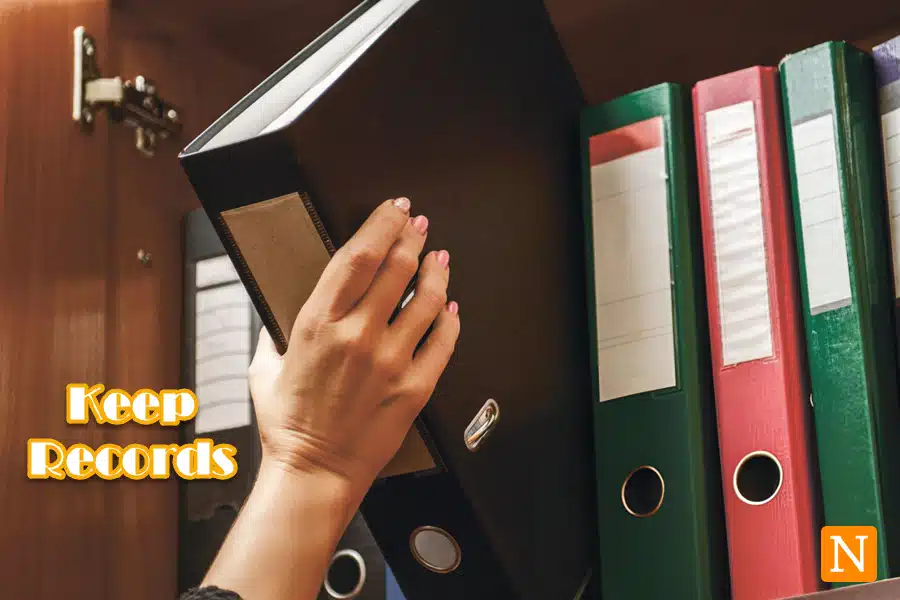Working from home has become the new norm whether you’re an independent contractor, a freelancer, or a full-time remote employee. With this shift, many are wondering how they can save on taxes by deducting home office expenses.
The IRS (Internal Revenue Services) has guidelines, but they can be a bit tricky to understand. Don’t worry—we’re here to break it all down for you.
This guide will help you figure out what you can and can’t deduct, so you can make the most of your potential tax savings.
Key Takeaways – Long Story Short
- Qualifying Criteria: Home office must be used exclusively and regularly for business.
- Expense Types: Direct expenses (fully deductible) and indirect expenses (partially deductible).
- Calculation Methods: Simplified method ($5 per square foot) and regular method (percentage of home).
- Additional Deductions: Office supplies, business equipment, internet and phone, professional services, travel expenses.
- Record-Keeping: Keep receipts, invoices, and logs; use accounting software.
- Employee Consideration: Home office deductions primarily for self-employed, freelancers, and contractors post-2017.
1. Who Qualifies for Home Office Deductions?
To qualify for home office deductions as an independent contractor or a freelancer, your home office must meet two primary criteria:
- Exclusive and Regular Use: The space must be used exclusively and regularly for your business. This means a designated area in your home that is solely for work and not used for any personal activities.
- Principal Place of Business: Your home office must be your principal place of business. It should be the main location where you conduct business activities, meet clients, or store inventory.
2. Types of Deductible Expenses
There are two main types of home office expenses: direct and indirect.
Direct Expenses
These expenses are solely related to the home office and are fully deductible. Examples include:
- Painting or repairs to the home office
- A dedicated business phone line
Indirect Expenses
These expenses are related to the entire home but can be partially deducted based on the percentage of your home used for business. Examples include:
- Mortgage interest or rent
- Utilities (electricity, gas, water)
- Homeowners insurance
- Property taxes
- Depreciation of your home
3. Calculating Your Deduction

There are two methods to calculate your home office deduction: the simplified method and the regular method.
Simplified Method
- Rate: $5 per square foot of your home used for business, up to a maximum of 300 square feet.
- Maximum Deduction: $1,500
- Pros: Easy to calculate and requires less documentation.
- Cons: May result in a lower deduction compared to the regular method.


